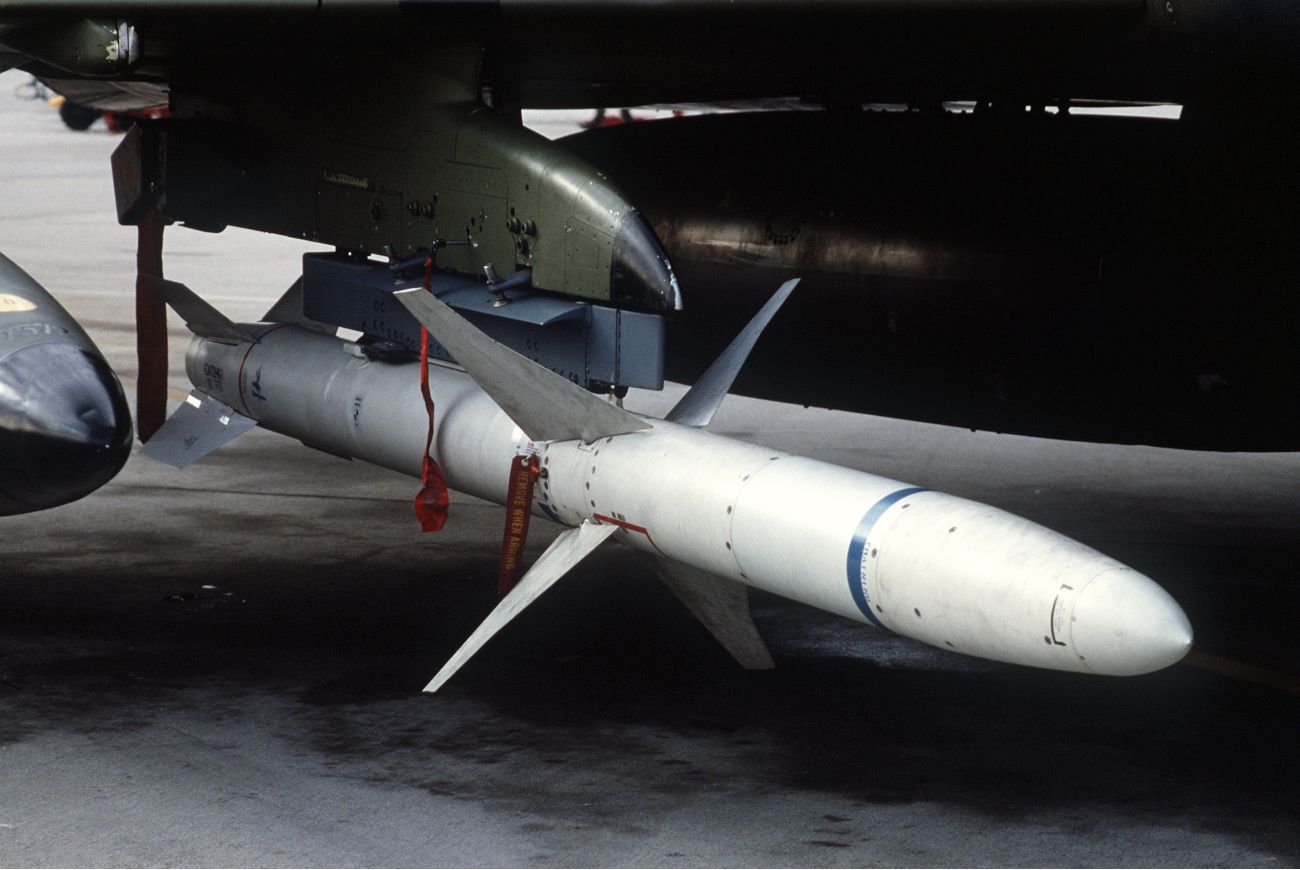The US Air Force’s EA-18G Growlers recently conducted a live fire exercise close to Guam, the location of two vital US military sites that are only 1,800 miles away from China.
During the exercise, the USAF announced that the fighter planes simultaneously fired two AGM-88 High-Speed Anti-Radiation Missiles (HARM).
Guam, a strategically important island in the western Pacific Ocean in Micronesia, is becoming increasingly important in the climate of aggressive, problematic near-peer competition.
EA-18G Growlers from the “Star Warriors” of Electronic Attack Squadron (VAQ) 209 took part in the training. In a statement, the USAF stated that VAQ-209 is currently forward deployed to Japan and conducting operations throughout the Indo-Pacific as the expeditionary VAQ squadron attached to Commander Task Force (CTF) 70.
It further noted that it is the sole Reserve EA-18G squadron in the US Military. EA-18G Growler is the most sophisticated airborne electronic attack (AEA) aircraft, with the ability to operate from either an aircraft carrier or a ground base.
“Supporting a free and open Indo-Pacific and operating out of Andersen Air Force Base on the “Forward Edge” while utilizing the Marianas Islands Range Complex, VAQ-209’s live-fire exercise provided valuable training to ordnance personnel and aircrew alike,” the service added.

Based on the Super Hornet platform, the EA-18G Growler is a modified version of the F/A-18F Super Hornet with structural modifications, avionics, and mission systems installed.
Separately, AGM-88 HARM is a tactical weapon launched by fighter jets with the capacity to locate and target radiation emitted by adversarial radar installations with surface-to-air detection capabilities.
Although Raytheon Corporation, a prominent American defense contractor, currently manufactures the missile, it was initially created by Texas Instruments. Northrop Grumman, situated in Dulles, Virginia, produces a more sophisticated version of the weapon.
The AGM-88 HARM is only 10 inches in diameter and 14 meters long. It contains a fragmentation-type warhead tailored for radar targets and weighs about 360 kilograms. The missile has a solid-state digital processor, a broadband RF antenna, and an anti-radar homing seeker. It can strike a target at a distance of more than 100 kilometers.
The United States Air Force (USAF) is developing the extended-range AARGM-ER as the foundation for its next-generation Stand-in Attack Weapon (SiAW) to arm the F-35A with SEAD capability.
In addition, the missile will be able to hit sophisticated threats such as theater ballistic missiles and ground attack/anti-ship missile sites, GPS jammers, and anti-satellite systems. Ukrainian forces also extensively used the missile against the Russian troops in the ongoing war.
AGM-88 HARM In Ukraine
Early in August 2022, social media started picking up on HARM missile wreckage stories. According to open source intelligence analysts, the photographs of the missile’s apparent fragments displayed real serial numbers that could be linked to the AGM-88 HARM.
These reports confused Ukraine because they didn’t have fighter jets like the American F-16 or F/A-18 Hornet, which were the only aircraft certified to carry HARM.
HARM missiles were also not listed as having been given to Kyiv by the US government, which frequently lists the weaponry delivered to Ukraine as part of military aid. However, these deductions were later supported by the US statement.

It found out that Ukraine had instead equipped the outdated MiG-29 jets with the missiles. An unnamed US defense official stated that the Pentagon had sent HARMs to Ukraine and added, “We are providing additional High-speed Anti-Radiation Missiles,” during a background briefing with the press.
Ukraine was able to install HARM on its MiGs successfully. To accomplish this, a NATO-style weapons pylon was attached to the wings, integrated with the aircraft’s electrical system, and equipped with a tactile launch button in the cockpit.
Experts believe that Ukrainian pilots are probably firing the missiles in Pre-Brief mode. This enables the missile to be fired at a known radar target at its maximum range. Pre-Brief mode is the most straightforward launch configuration. It involves the least amount of pilot training and doesn’t depend on any additional MiG-29-incompatible NATO equipment.
This missile was successfully mounted on the jet by Ukrainian technicians. On the other hand, Russian sources claimed that most of the US AGM-88 HARMs fired at Ukraine were gunned down in the air, rendering them completely ineffective.
- Contact the author at ashishmichel@gmail.com
- Follow EurAsian Times on Google News




